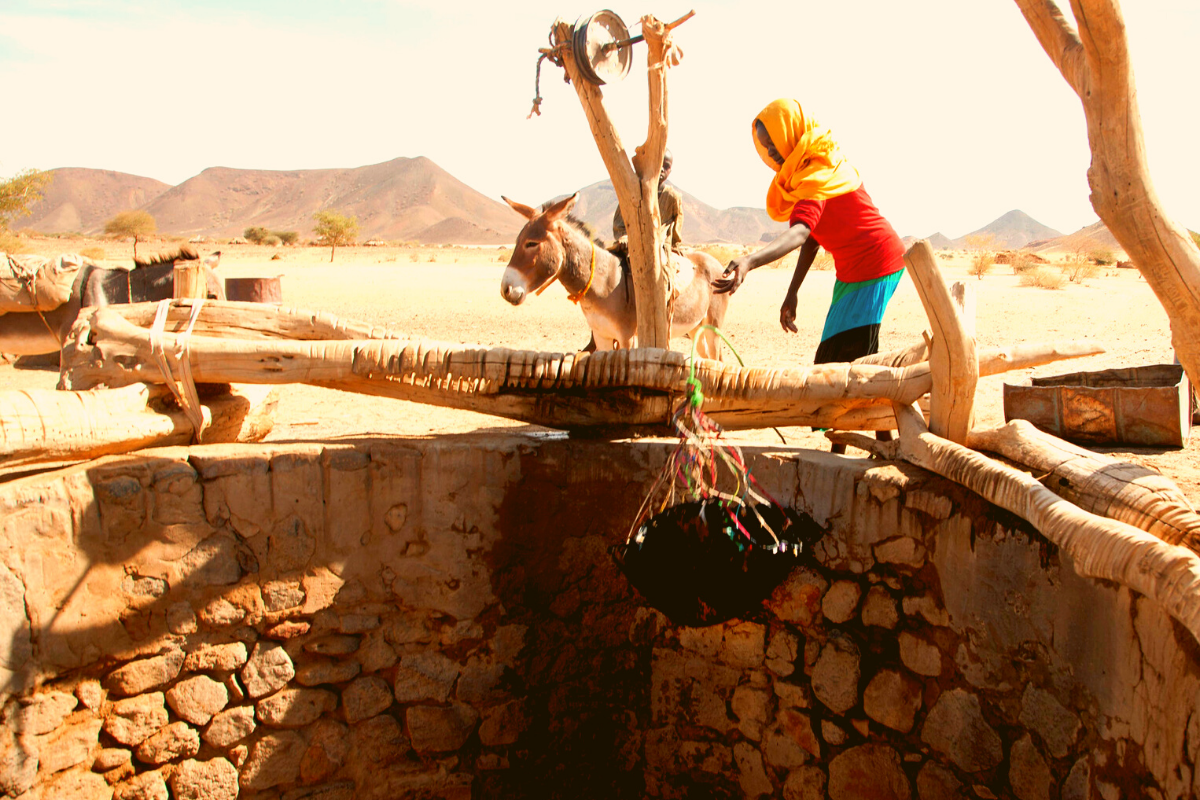
Jesus was at Jacob’s well which provided fresh water for people to drink. Jesus used it as a metaphor for the spiritual living water He offered for those who accept Him: “whoever drinks of the water that I will give will never be thirsty again. The water I give is like a flowing fountain that gives eternal life” (John 4:14).
No Prejudice
For hundreds of years, the Jews and the people of Samaria had been enemies. But Jesus had no such prejudice. He travelled through Samaria. Jesus sat by the well, as he was tired while the disciples went to buy food.
A woman came to draw water. She was a Samaritan, a race of people whom the Jews of the day utterly disliked. She was an outcast and looked down upon by her own people. This is evident in the fact that she came alone to draw water from the community well. During biblical times, drawing water and chatting at the well was the social highpoint of a woman’s day. However, this woman was ostracized and marked as immoral.
Jesus surprises her by asking her for a drink. The Jews and Samaritans didn’t socialize. They didn’t drink from the same cup. By humbly asking for a favour, Jesus breaks down the prejudice that existed between them and opens her heart for sincere dialogue.
“You are a Jew and I am a Samaritan woman. How can you ask me for a drink?” was her retort. Jesus said: “If you knew the gift of God and who it is that asks you for a drink, you would have asked him and he would have given you living water.“
Welcome to Intimacy
He was telling her that God’s living water could set her free from guilt and shame, liberate her from bitterness, anger and frustration and free her from disappointment and despair. He wanted to show her that God loves us in spite of our bankrupt lives. God values us enough to actively seek us and to welcome us to intimacy.
During their conversation, Jesus surprised her by asking for something that seemed totally unrelated to the conversation that was going on: “Go, call your husband and come back.” Jesus knew she had been married five times and is currently with another man.
He had put His finger on the weakness, failures and sin in her life – things deep down that only she was aware of, but probably had never openly admitted to anyone before. She admitted to him her current living arrangements. Jesus was trying to help her by exposing her sin, not to shame her with it, but to free her from it. He didn’t accuse. He simply touches her conscience and encourages her to name her own sin. Instead of condemning her, he made her realize her need and thirst for the water of life.
Change of Heart and Purpose
At the end of their conversation, the woman experiences a freedom that she never experienced before.
She came to Jacob’s well to fetch water in her water pot. After meeting Jesus, she became “a water pot” herself, and went back to the city bearing spiritual water. She heads back to the town to tell them about the living water. There is a change of heart and a change of purpose. The task given her is to share this Jesus with others. Despite her reputation, she testifies.
The woman’s testimony of Jesus causes huge sparks among the Samaritans who come out to follow Jesus and hear Him because of the woman’s witness. In a striking confession, the Samaritans proclaim Jesus as the “Saviour of the world” (Jn. 4:42).
The woman’s name at the time of her meeting Jesus is unknown. In Eastern Christian tradition, she was later christened “Photine”. She is celebrated as a saint of renown. Her continuing witness is said to have brought so many to the Christian faith that she is described as “equal to the apostles“. Eventually, having drawn the attention of Emperor Nero, she was brought before him to answer for her faith, suffering many tortures and dying a martyr after being thrown down a dry well.
Jesus turns a sinner into a saint. The episode illustrates that like Jesus we should be willing to cross over traditional religious and cultural boundaries to become agents of healing and restoration.
Photo by UNAMID on Flickr